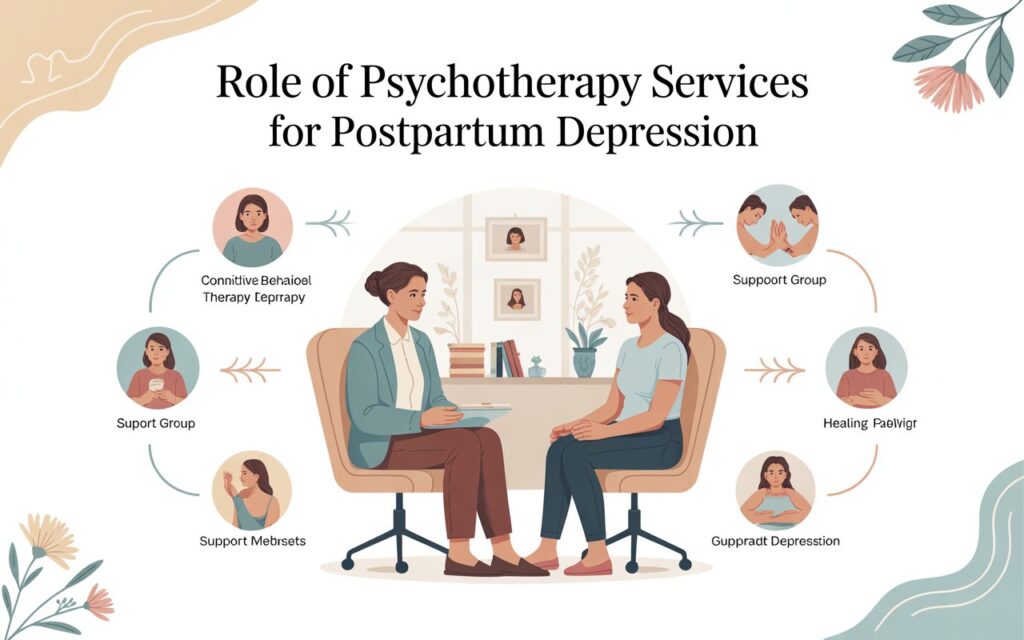Gabapentin, available in 400mg and 800mg formulations, stands as a beacon of hope in the realm of epilepsy treatment. This article delves into the intricacies of utilizing Gabapentin to manage epilepsy, shedding light on its mechanism of action, efficacy at varying dosages, safety profile, and potential as compared to traditional antiepileptic drugs. By exploring the benefits, challenges, and future directions of Gabapentin in epilepsy treatment, this comprehensive guide aims to provide a deeper understanding of how this medication holds promise in improving the quality of life for individuals living with epilepsy.
Introduction to Gabapentin in Epilepsy Treatment
If epilepsy could talk, it would probably thank Gabapentin 400mg for being the cool superhero that swoops in to save the day. Let’s dive into the world of gabapentin and its impact on epilepsy treatment.
History and Background of Gabapentin
Gabapentin didn’t just casually stroll into the epilepsy scene; it made a grand entrance in the 1990s as an anticonvulsant medication. Originally designed to treat seizures, it later found its niche in addressing nerve pain and other neurological conditions.
Overview of Epilepsy and its Treatment Challenges
Epilepsy, the unruly rebel of neurological disorders, loves to throw spontaneous seizures into the mix. Managing epilepsy is like trying to tame a wild beast – it’s unpredictable and requires a delicate balance of medications and lifestyle adjustments.
Understanding the Mechanism of Action
Get ready for a crash course in “Gabapentinology.” We’re about to uncover how gabapentin pulls off its magic tricks in the brain.
How Gabapentin Works in the Brain
Gabapentin doesn’t just sit around sipping tea in the brain; it actively blocks certain calcium channels to reduce excessive neuron firing. This, in turn, helps to calm down the electrical storm that triggers seizures.
Key Neurological Pathways Targeted by Gabapentin
Gabapentin takes a sharp aim at the alpha-2-delta subunit of voltage-gated calcium channels like a skilled archer. By modulating these channels, it throws a wrench into the gears of hyperexcitability that fuels seizures.
Efficacy of Gabapentin 400mg in Seizure Control
Let’s take a closer look at why gabapentin 400mg is the trusty sidekick in the battle against seizures and how it holds its own in the ring of epilepsy treatment.
Clinical Studies on the Effectiveness of Gabapentin 400mg
Research has shown that gabapentin 400mg can be a game-changer in seizure control, with studies highlighting its ability to reduce seizure frequency and intensity in patients with epilepsy.
Dosage Considerations and Patient Response
Finding the right dosage of gabapentin is like Goldilocks hunting for the perfect porridge – it has to be just right. Patient response varies, so dosage adjustments and monitoring are crucial to ensure optimal seizure management.
Exploring the Benefits of Gabapentin 800mg Dose
Time to kick things up a notch and unleash the power of gabapentin 800mg. Let’s see why this higher dose is like adding extra firepower to the arsenal of epilepsy treatment.
Comparative Analysis of Gabapentin 400mg vs. 800mg
When it comes to gabapentin, sometimes more is more. Studies comparing 400mg to 800mg doses have shown that the higher dose can provide enhanced seizure control and better quality of life for patients with epilepsy.
Optimizing Seizure Management with Higher Gabapentin Dosage
For some patients, the 800mg dose of gabapentin is the golden ticket to smoother sailing in the choppy waters of epilepsy. By fine-tuning dosage levels, healthcare providers can tailor treatment plans to maximize seizure management outcomes.
Safety and Tolerability Profile of Gabapentin in Epilepsy Patients
Gabapentin, available in 400mg and 800mg doses, has emerged as a beacon of hope in epilepsy treatment. Understanding its safety and tolerability profile is crucial for both patients and healthcare providers. While generally well-tolerated, common side effects such as dizziness, drowsiness, and fatigue may occur. Fortunately, simple strategies like taking the medication with food or adjusting the dosage can often effectively manage these issues. It’s important for patients to communicate openly with their healthcare team to address any concerns and optimize their treatment experience.
Common Side Effects and Management Strategies
When it comes to gabapentin, knowledge is power. Being aware of potential side effects can help patients navigate their treatment journey more smoothly. Common side effects like dizziness, drowsiness, and fatigue are like uninvited guests crashing the epilepsy party. But fear not! These unwelcome visitors can often be shown the door with simple tricks. Taking gabapentin with a snack or at bedtime can help minimize these side effects. Adjusting the dosage in consultation with a healthcare provider is another handy tool in your arsenal. So, remember, when life gives you gabapentin side effects, make management strategies!
Long-term Safety Considerations for Gabapentin Use
As patients embark on long-term gabapentin therapy, considerations for safety and monitoring become paramount. While gabapentin shows promise in managing epilepsy, ongoing vigilance is key. Regular follow-ups with healthcare providers can help track any emerging issues and ensure treatment efficacy. By staying proactive and engaged in their care, patients can navigate the seas of long-term gabapentin use with confidence, knowing they have a dedicated team by their side.
Comparing Gabapentin with Traditional Antiepileptic Drugs
In the realm of epilepsy treatment, gabapentin stands out as a versatile player with its unique strengths and limitations. Contrasting this medication with traditional antiepileptic drugs sheds light on its place in the treatment landscape. Understanding the benefits and limitations of gabapentin can empower healthcare providers and patients in making informed treatment decisions tailored to individual needs.
Benefits and Limitations of Gabapentin in Comparison
Gabapentin brings a fresh perspective to the table with its efficacy in managing seizures and neuropathic pain. Its favorable side effect profile and fewer drug interactions make it a compelling option for many patients. However, limitations such as the need for multiple daily doses and potential tolerance development warrant careful consideration. By weighing these factors, healthcare providers can align gabapentin use with patient preferences and therapeutic goals for optimal outcomes.
Integration of Gabapentin into Current Treatment Guidelines
As treatment guidelines evolve to reflect the latest advancements, the role of gabapentin in epilepsy management continues to solidify. Integrating gabapentin into current guidelines requires a nuanced approach that considers its unique pharmacology and clinical benefits. By harmonizing evidence-based recommendations with real-world patient experiences, healthcare providers can leverage gabapentin effectively within the framework of existing treatment guidelines, ensuring comprehensive care for individuals living with epilepsy.
Future Directions and Considerations for Gabapentin Use
The future of gabapentin in epilepsy treatment holds exciting possibilities and challenges. Keeping abreast of emerging research and innovations is crucial in harnessing the full potential of this medication. By exploring new avenues and applications, the horizon for gabapentin in epilepsy care expands, offering new hope for patients and healthcare providers alike.
Emerging Research on Gabapentin and Epilepsy Treatment
As researchers delve deeper into the mechanisms of gabapentin and its impact on epilepsy, new insights continue to emerge. Ongoing studies explore novel uses, optimal dosing strategies, and potential synergies with other treatment modalities. By staying attuned to the latest research findings, healthcare providers can refine their approach to gabapentin use, ushering in a new era of precision medicine in epilepsy management.
Potential Innovations and Expanded Applications of Gabapentin
The journey of gabapentin in epilepsy treatment is far from over. With potential innovations on the horizon, such as extended-release formulations or targeted delivery systems, the landscape of gabapentin use is poised for transformation. Expanded applications beyond epilepsy, such as in mood disorders or chronic pain conditions, hint at a broader range of therapeutic possibilities. By embracing these advancements, healthcare providers can adapt to a dynamic healthcare environment and offer enhanced care options to patients in need.In conclusion, Gabapentin in its 400mg and 800mg forms represents a valuable asset in the treatment arsenal for epilepsy. With its proven efficacy, manageable side effects, and potential for further advancements, Gabapentin offers a ray of hope for patients striving to control seizures and enhance their overall well-being. As research continues to unveil the full extent of Gabapentin’s capabilities, the future looks promising for the integration of this medication into personalized epilepsy treatment plans, paving the way for improved outcomes and brighter horizons for individuals affected by this neurological condition.









